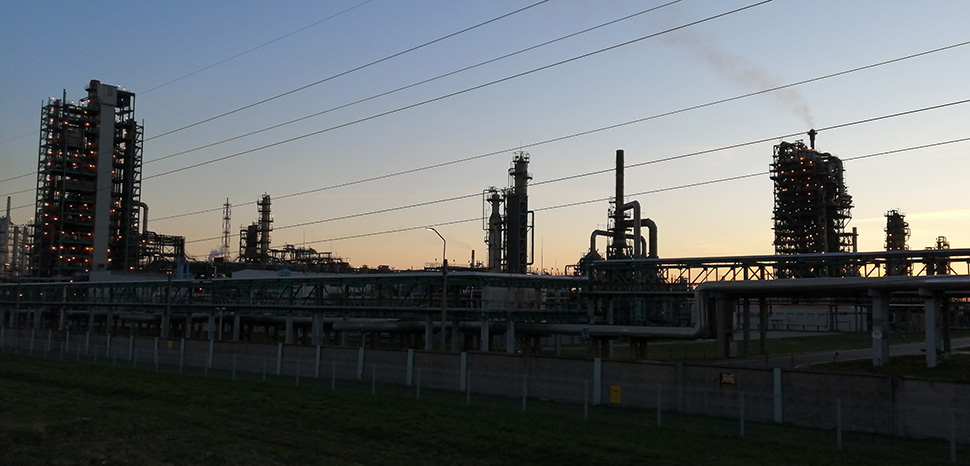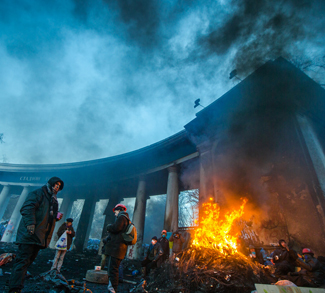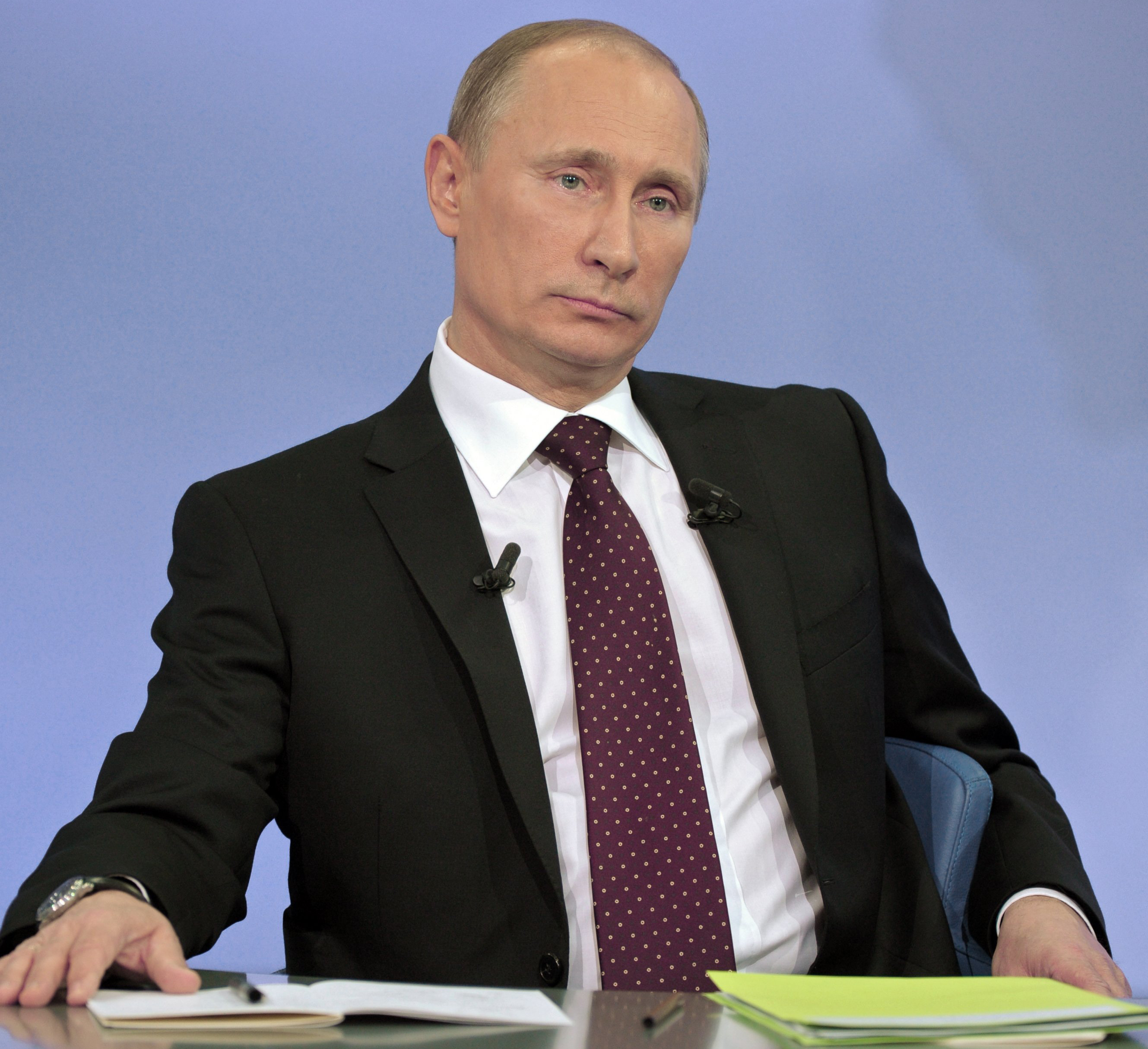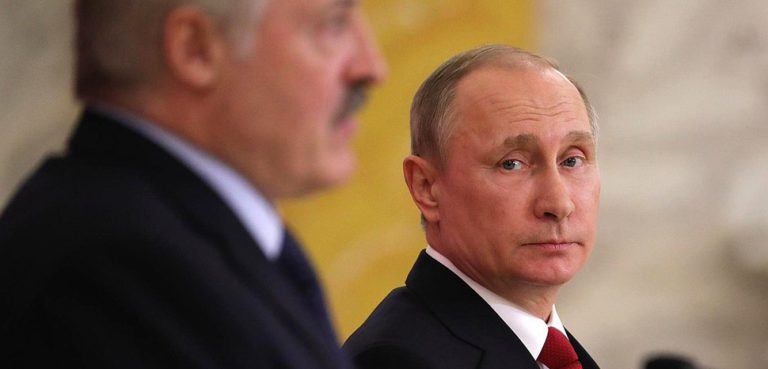As the Russo-Ukrainian war enters 2023, its sustained intensity raises consternation amongst various policymakers in the US and Western Europe as to whether sanctions against Moscow are achieving desirable results. Despite the imposition of Western sanctions, there is no apparent end to the invasion in sight, nor are there any serious attempts at negotiations from Russia’s President Vladmir Putin. Thus, months into an aggressive sanctions regime on Russia, an assessment of the effectiveness of those measures on the Russian economy is necessary to determine whether policy goals are making satisfactory progress.
When the war began last spring, the United States sought to implement a maximum pressure campaign strategy against the Kremlin. Such a strategy materialized into a multilateral collaborative effort aiming to weaken key sectors of the Russian economy and isolate Moscow financially.
Yet Western sanctions aimed Russia aggression have existed well before Putin’s “special military operation” in Ukraine. Current US sanctions on Russia predate Moscow’s most recent military incursion into Ukraine, beginning with President Obama’s EO(Executive Order) 13660 in 2014. EO 13660 authorized sanctions on individuals and entities responsible for violating the sovereignty and territorial integrity of Ukraine, or for stealing the assets of the Ukrainian people. Succeeding orders such as EO 13622, EO 13685, EO 14065, and EO 10466 prohibited the importation of hydrocarbons, agriculture, and minerals from Russia. They further prevented US persons from conducting business with Kremlin- connected elites. As these examples elucidate, the United States has and continues to be committed to the imposition of economic restrictions against Putin and his enablers.
More recently, and in solidarity with Ukraine, a US led multilateral task force was launched to take more concrete action against Russia. This taskforce is comprised of the Group of Seven (G7), namely the richest economies of the world- Germany, Canada, the United States, Japan, France, Italy, and Britain. The G7 nations met and joined in the banning of the import of Russian commodities, which represent a major source of revenue for the Kremlin, in a collective measure to starve Russia out of tens of billions of dollars.
While there seems to be consensus on maintaining the sanctions regime against Russia, there are several outspoken critics in G7 nations that think they are a fruitless endeavor. Proponents of this belief that the G7 has failed in achieving desirable/tangible results from its sanctions initiatives theoretically look toward macroeconomic indicators that suggest the Russian economy has proved to be more resilient than anticipated.
Indeed, it is true that the Russian government has implemented several policies to mitigate the impact of sanctions. For years, Putin has built up Russia’s economic defenses so that it would be able to resist whatever measures the West imposed – dubbed the Fortress Russia Strategy. Since 2014, Putin has aspired for Russian economic self-sufficiency and has attempted to ensure that the West can never exert economic control over his country. The Fortress Russia Strategy necessitates that Russia diversify its economy away from oil and gas, two volatile commodities, and lessen dependence on Western technology and trade. The strategy has yielded some success as Russia is somewhat less dependent on hydrocarbon revenue compared to 2019. Oil profits accounted for nine percent of its GDP, down from fifteen percent from when Putin took office. Between 2010 and 2019 Russia’s services industry grew by seven percentage points relative to GDP.
Moscow has also developed technologies which operate independently of Western ones. For example, Mir, a Russian payment system accounted for a quarter of domestic card transactions in 2020, up from nothing five years ago, and the share of Russian imports classified as high-tech appears to be falling as well. Moscow has additionally pursued alternative trade supply routes from places like China, India, Turkey, and Kazakhstan to lessen dependence on Western Europe.
But the Fortress certainly has its holes, as Russia still remained enmeshed in a supply chain of Western ideas and technologies at the start of the war. In fact, the Russian economy is still significantly dependent on the West and in some industries such as chipmaking and computers, Russia remains wholly dependent on American parts. Almost all advanced semiconductors that Moscow utilizes from civilian to military application requires Western “know-how.” This particularly inhibits Russia’s ability to effectively wage war in Ukraine; Russian military is dependent on microchips for electronic gear, military equipment, and missile technology. Faced with a ninety percent drop in microchip imports, it is unlikely the Kremlin will be able to sufficiently employ equipment vital to the operability of its armed forces or replenish its missile stocks with precision munitions.
Furthermore, being shut out of the SWIFT (Society for Worldwide Interbank Financial Telecommunications) financial transfer system hurts trade, and SPFS – a Russian backed rival program – is not popular enough to augment the loss of Russia’s expulsion. Additionally, even as Russia pivots towards its East Asian partner – China – for a majority of trade and revenue, upwards of fifty percent of transactions still use US currency despite de-dollarization policy initiatives.
With regard to hydrocarbon sales, even with a lessened dependence on energy revenue, it still constitutes a major portion of Russia’s GDP. Russia’ Fortress Strategy has been unable to supplement the loss of Western financing and technology to sustain the maintenance of existing oil and gas firms. New Russian reserves in the Arctic Sea cannot be developed without Western technology, which will deprive Moscow of significant revenue in the years to come. Reorienting gas exports to China will additionally take years and investment in new infrastructure to develop as the majority of Russian energy pipelines are routed towards Europe. It is likely that China will place the burdensome costs of developing these transit routes on Russia, as Beijing is already developing pipeline routes to several Central Asian republics that are more insulated from Western diplomatic pressure than Russia. Policymakers in Beijing likely recognize they will be able to extract financial concessions from Moscow as it becomes increasingly desperate as sanctions continue to take their toll.
The weaknesses in Russia’s ability to resist the Western backlash from the war in Ukraine means that sanctions are invariably having a profound effect on the Russian economy. Arguments that sanctions haven’t had their desired effects are misguided. A reliance on macroeconomic indicators to ascertain the effectiveness of sanctions is misleading, as when contextualized with Russia, these factors point to a strengthened ruble, modest contraction of Russian GDP, and relatively low unemployment. However, these figures are not necessarily reflective of the situation on the ground. For example, Russian unemployment officially stands around 3.7 percent, equating to approximately 2.7 million Russians unemployed. Certainly a low figure, considering the economic attrition that Russia is ostensibly contending against. In reality however, at the end of 2022 almost five million Russian workers were subject to various forms of hidden unemployment, and significant numbers of Russian workers were on unpaid leave. Ten percent of the Russian workforce is without consistent work, which is comparable with Russian levels in the 1990s following the dissolution of the Soviet Union.
The ruble exchange rate is yet another misleading statistic. While true that the ruble has strengthened, it is only because Moscow has made it difficult for Russian businesses and individuals to withdraw money and convert it to foreign currency. The contemporary strength of the ruble is predicated upon strict currency controls and a sharp plunge in imports, which has subsequently hurt several Russian industries.
Thus, the sanctions are unequivocally hurting Russia. For example, a poll released by Russian private research company Romir in October of 2022 cited 68 percent of participants noticed a reduction in the supply of goods offered in stores and were forced to cut spending on a variety of commodities.
Putin’s attempts to insulate Russia from Western sanctions via import substitution, favoring domestic manufacturing, and redirecting trade and investment flows to Asia to circumvent sanctions will not solve Moscow’s problems. Moreover, Russia’s largest trading partners since the start of the war – India and China – are more interested in buying Russian raw materials at significant discounts than helping Russian develop its self-reliance and competitive manufacturing sectors.
The confusion around the effectiveness of sanctions ultimately stems from a lack of clarity about their goals, which is seldomly delineated in a requisite manner. Western countries most likely have never intended to use sanctions to force Putin out of Ukraine, although should such an outcome would certainly be welcome. The West understands that the Kremlin believes it is waging a war against an existential threat to its national security and its commitment to the war in Ukraine is unwavering. Inciting regime change is not the goal either, as sanction regimes against Cuba, North Korea, Syria, and Iran have clearly demonstrated. Putin has destroyed most of his organized political opposition and has successfully intimidated the population by introducing tough prison terms for dissidence against his leadership. Examples of these measures include jail sentences of up to 15 years for, “political extremism” and “discrediting Russia’s military.” Prompting an economic collapse reminiscent of Venezuela or Iran following the imposition of US sanctions is not the objective either. Russia is the world’s 11th largest economy, and an immediate economic collapse would likely result in a global economic recession and completely halt global imports of various Russian commodities including grain, fertilizer and metals.
Instead, sanctions are likely meant to achieve alternative goals. This includes sending a strong signal of resolve and unity against the Kremlin, degrading Russia’s ability to wage war, and slowly asphyxiating the Russian economy to dissuade future actions that threaten the sovereignty of other nations. Furthermore, Trans- Atlantic sanctions against Moscow have remained strong despite several European nations facing economic backlash over sanctioning Russian energy supplies, which perhaps highlights the greatest achievement the sanctions have thus far attained -confounding Putin’s presumed expectation that the West is weak and divided. But when it comes to truly ascertaining the full effect of sanctions on the Russian economy, this is something that will take months or years to materialize.




